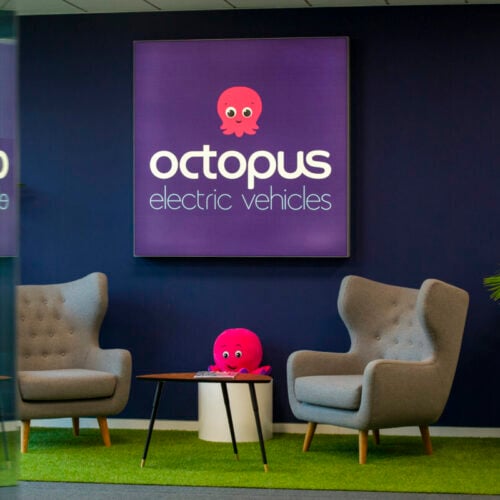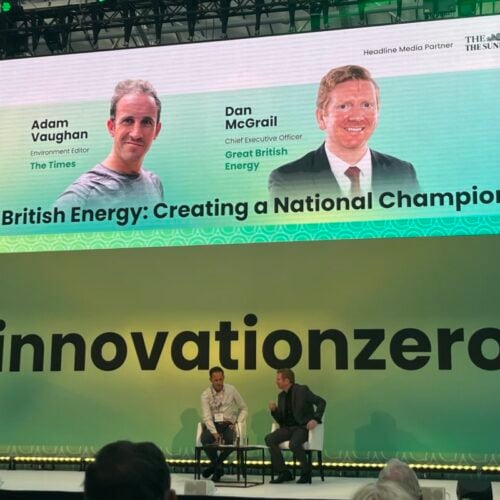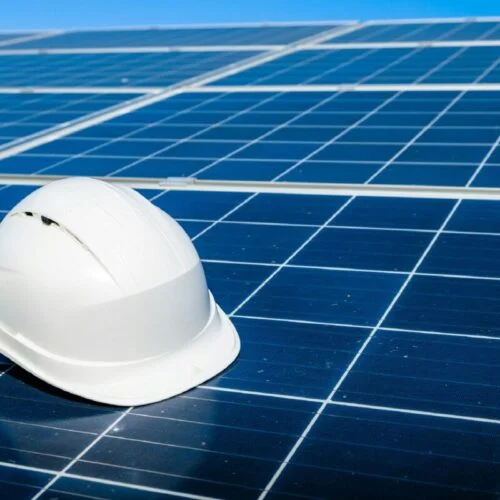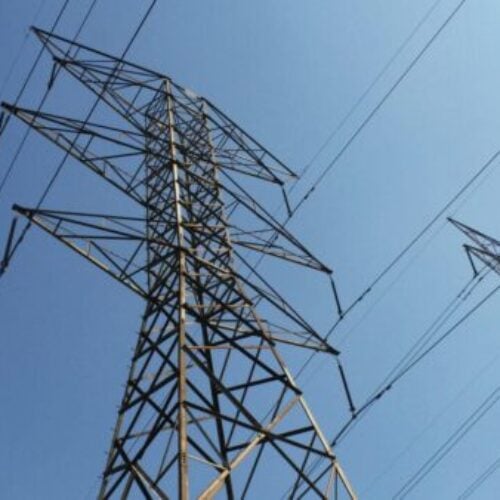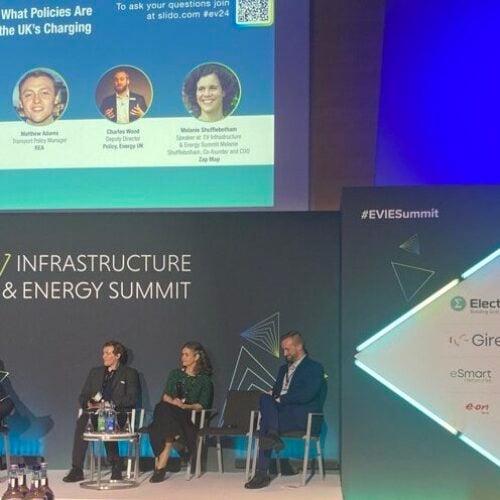Along with support for five demonstration stage projects, the Department of Business, Energy and Industrial Strategy’s (BEIS) Longer Duration Energy Storage Demonstration Programme awarded 19 emerging technological solutions funding in February.
The £68 million competitive funding is designed to drive forward the energy storage solutions that will be “vital in our transition towards cheap, clean and secure renewable energy,” energy and climate change minister Greg Hands said at the time of the launch.
Amongst the 19 solutions include a wide selection of potential Long Duration Energy Storage (LDES) solutions, such as pumped hydro, thermal storage, power-to-x and compressed air.
“Long-duration storage is one of the last unsolved challenges of the energy transition,” said Matt Allen, CEO and co-founder of Pivot Power, which is involved in four of the projects across both streams.
“While we already have much of the technology to store renewable energy for short periods of time, storing it across monthly and even yearly intervals will play a fundamental role in creating strong, secure and sustainable power systems. This year could be the turning point where long-duration storage finally receives the support it requires to scale at pace, and we look forward to working with our project partners to deliver vital pilot projects and accelerate the UK’s journey to net zero.”
Current± took a look at three of the projects awarded funding as part of Stream Two of BEIS’s Longer Duration Energy Storage Demonstration Programme.
A circular solution? A look at Liquid Flow Batteries
The Sustainable Single Liquid Flow Battery project from StorTera is looking to explore the specifics and cost of a MW-scale lithium sulfur flow battery, which is being designed to be fully recyclable or reusable at the end of its life, minimising its overall environmental impact.
Developing a technology that supports local and circular economies is a core concern for the company, Brenda Park, StorTera’s director and COO told Current±.
“We are looking into sustainable sources of sulphur and the main solvent we use in our flow battery, both of which are by-products of UK industries such as wood processing and the oil and gas industry. For the small amount of lithium we need, we are engaging with the battery recycling industry and exploring the potential of sourcing it from geothermal extraction companies in Europe,” she said.
The company’s battery solution, dubbed the SLIQ, is the most energy dense flow battery under development according to StorTera, at over
200Wh/L. Its novel maintenance regime refreshes the electrolyte, allowing high efficiency without capacity degradation for over 20 years.
Additionally, the SLIQ – which has a full capacity of over eight hours – can react in a matter of milliseconds, opening up a number of different services.
“Being a low cost and highly scalable product, the SLIQ offers the best advantages when deployed at scale therefore we see the SLIQ being co-located with renewable energy developments and supporting grids via commercial and grid scale developments,” said Park.
“In future, once the stationary technology is established, we will look at applying our technology to the transport industry, initially as a fuel for heavy-duty vehicles and shipping. It offers the energy and power density levels needed for transport as well as being safe and sustainable.”
HyDUS consortium: the potential of metal hydride storage
The HyDUS project is one of a number of power-to-x solutions to be awarded funding in Stream Two of the Longer Duration Energy Storage Demonstration Programme. It is being developed by a consortium of companies including University of Bristol, UKAEA and Urenco, and led by EDF R&D UK.
It is set to explore tech transfer and modification of metal hydride storage, which used in the fusion sector for hydrogen (protium) storage. Metal hydride in depleted uranium offers a number of key advantages, a spokesperson for the project told Current±, including having the flexibility to provide either electricity or hydrogen.
“It can also store hydrogen for long periods with no degradation in the quantity of hydrogen stored, and with a much higher energy density than liquid hydrogen. The released hydrogen has a very high purity and can be directly fed into a fuel cell,” said the spokesperson.
“There is potential for the technology to be distributed, following regulatory review. This would represent an important step towards reusing the waste produced by nuclear power: the technology valorises depleted uranium, which is a waste stream from the mining and enrichment process of naturally occurring uranium, and is currently held as a liability.”
The government recently unveiled plans to create a new pro-innovation regulatory environment for fusion energy, as part of the Energy Bill announced within the Queens Speech. This built on previous support for the technology, announcing in October 2021 that the UK is set to be the first country in the world to detail how it would legislate to ensure the safe and effective rollout of fusion energy, as it looks to promote the sector.
While the wider support for the fusion sector may boost the rollout of technology like that being explored in the HyDUS project, a number of key challenges remain.
“Existing storage of tritium on depleted uranium is currently deployed in the fusion sector to safely and stably store tritium fuel for the fusion reaction,” said the project’s spokesperson.
“There are two engineering challenges to convert this to storing hydrogen (protium). The first is the rate of cycling: the fusion technology is designed to slowly release tritium. Ensuring the system is capable of cycling quickly (hrs/days) from a full and empty state is part of the design process.
“The second is scalability. Redesign of the storage beds is required to optimise for performance in hydrogen and electricity markets, and for large scale manufacture.”
Renewable Copper: cutting curtailment
A potential battery energy storage solution being explored is a copper/zinc (Cu/Zn) solution. The Renewable Copper project, being run by the Energy Systems Catapult (ESC), is looking to develop a Cu/Zn battery with a 4-12 hour duration, ahead of a planned demonstrator in Scotland and scaling up to a containerised storage solution.
“Cu/Zn battery technology is longer duration, lower cost and maintenance, and has a longer life compared with lithium iron phosphate (LFP),” a spokesperson for the ESC told Current±.
“It has a greener whole life cycle, with 99.5% recyclability, no rare earth metals and no supply chain challenges. The technology is scalable, designed for stationary storage applications and could save 60 tonnes CO2eq/MWh/year compared with LFP.”
In particular, the development team – which includes Cumulus Energy Storage, the University of Southampton and a renewable energy producer – have identified the curtailment of wind as an area where Cu/Zn battery technology could make a particular difference.
According to ESC, the technology could reduce curtailment by 27-65% once developed.
“Cu/Zn is an effective, environmentally sustainable and low cost storage option which could exploit Britain’s renewable energy potential and help tackle whole system challenges such as wind power curtailment. It is versatile for many applications, including potentially supporting future green hydrogen production from surplus zero carbon power,” finished the spokesperson.
